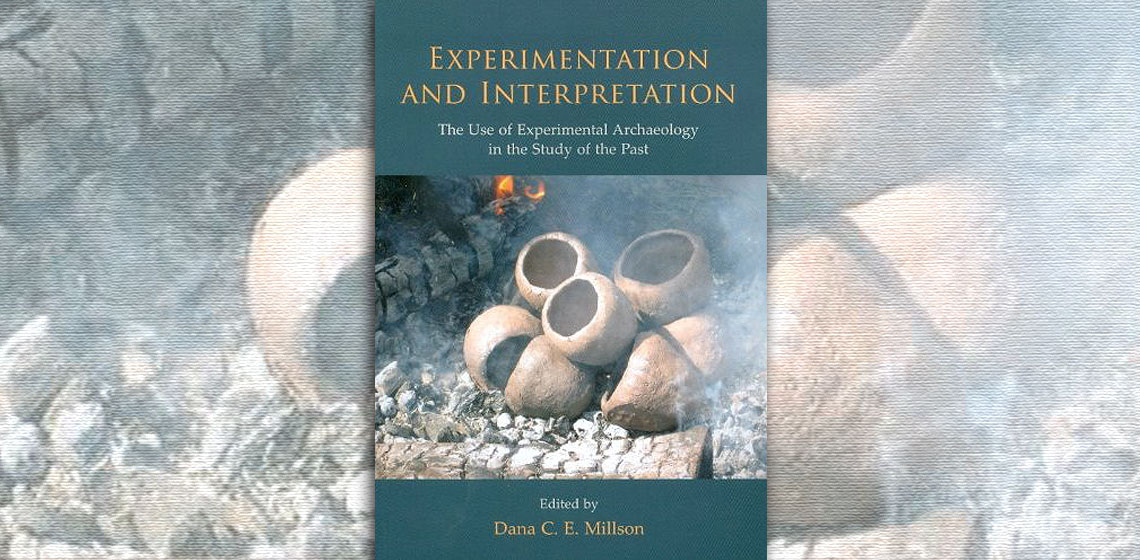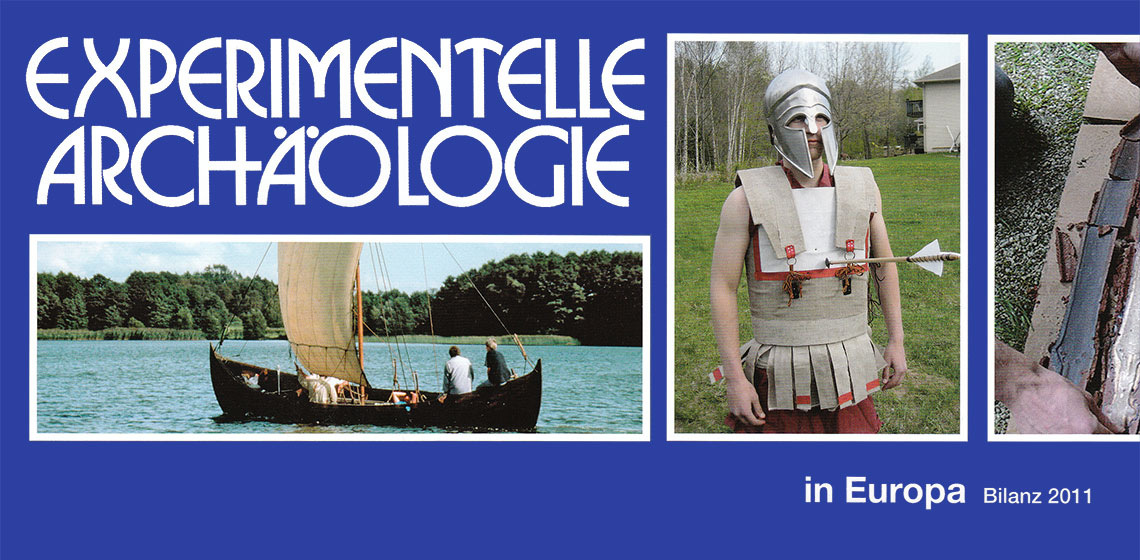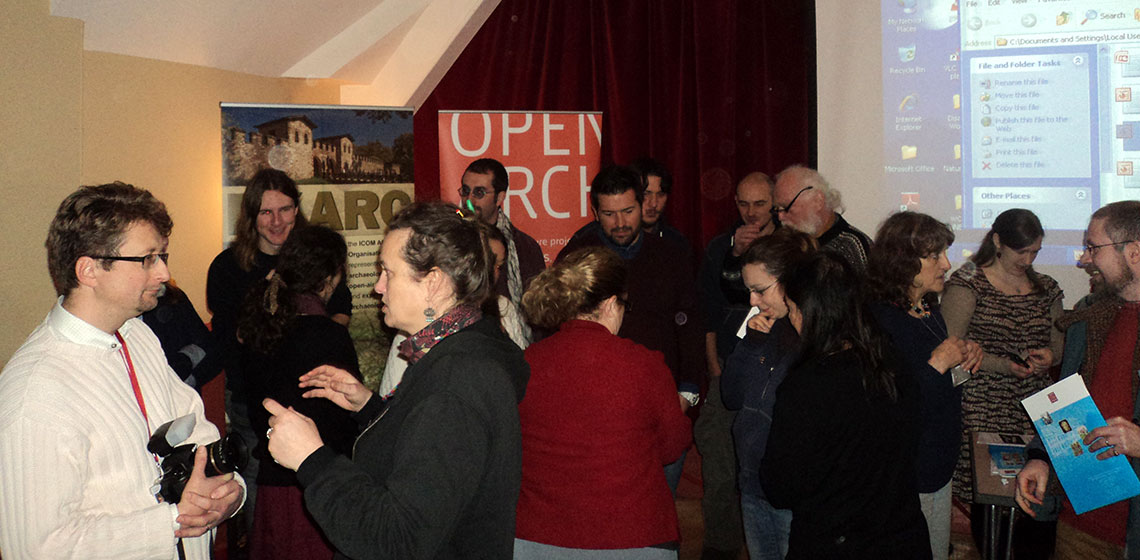The Lauresham Open-Air Laboratory is an essential part of the new presentation of the World Heritage Site Lorsch Abbey. The conception in its entirety is including the World Heritage Site itself (with its historical remains), a large depository of sculptural fragments from the Roman Era to the 16th century which is opened for visitors on demand, the “Museumszentrum” existing since 1995, which is meant to induct our visitors into the rich heritage of Lorsch Abbey in the fields of spiritual and academic life represented by a large library nowadays scattered all over the world. The Open Air Laboratory is a department or, in a way, an exhibit within this museum conception overlapping all aspects of monastic life in the Early Middle Ages.
The Lauresham Open-Air Laboratory is an essential part of the new presentation of the World Heritage Site Lorsch Abbey. The conception in its entirety is including the World Heritage Site itself (with its historical remains), a large depository of sculptural fragments from the Roman Era to the 16th century which...









